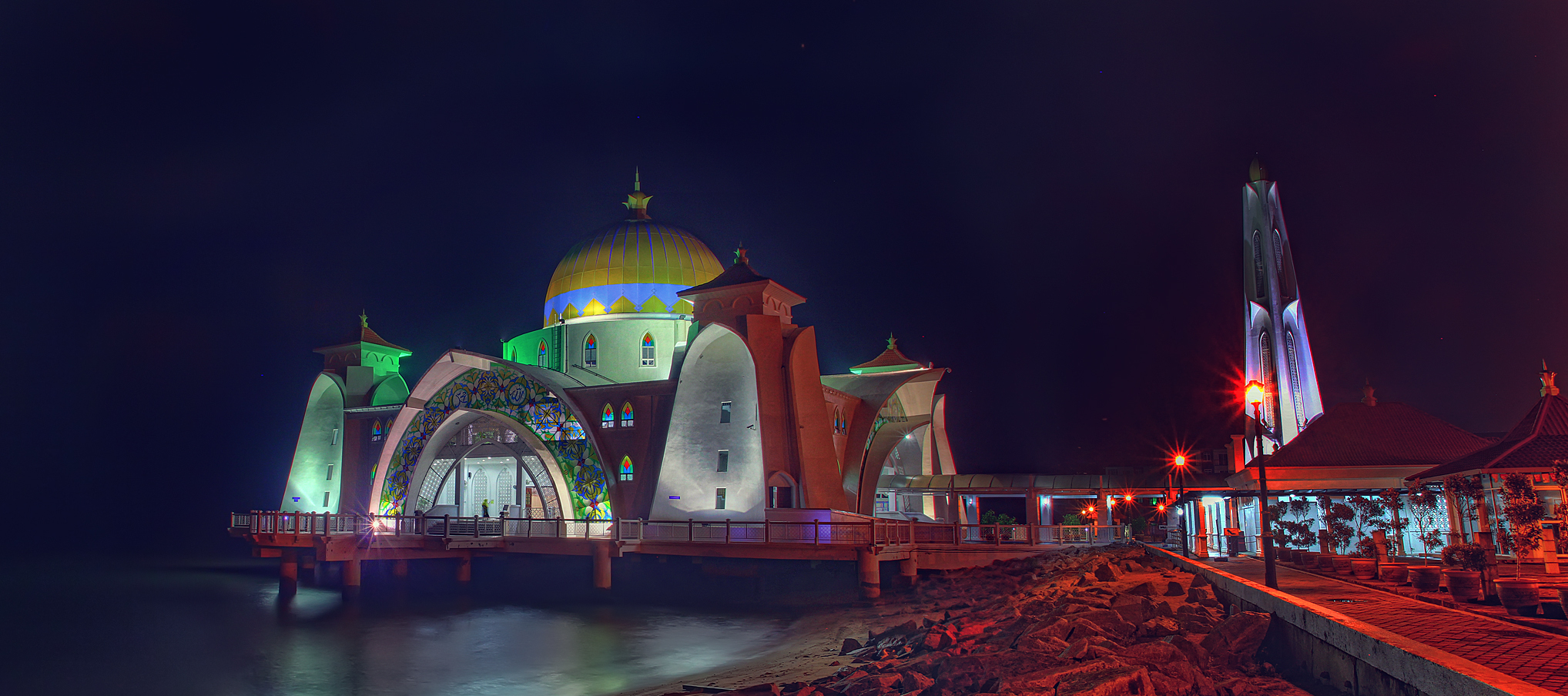Let's have a deeper glance into the timeline of Malacca city, Malaysia, with more detail:
Pre-15th century: The region that would later become Malacca city was inhabited by indigenous communities, primarily the Orang Asli and the Temuan people. These early settlers lived along the coast and engaged in fishing, agriculture, and trade with neighboring communities.
Early 15th century: The founding of Malacca is traditionally attributed to Parameswara, a Sumatran prince who fled to the Malay Peninsula after a series of conflicts in his homeland. Parameswara established a settlement near the Malacca River, strategically positioned along the Strait of Malacca. This location proved pivotal for trade, as it facilitated maritime commerce between East and West.
1400s: Malacca rapidly grew into a prosperous trading port, attracting merchants, traders, and sailors from across Asia, the Middle East, and Europe. The city's strategic location and favorable economic policies established by Parameswara contributed to its rapid expansion and wealth.
1511: Malacca fell to the Portuguese forces led by Afonso de Albuquerque after a protracted siege. The Portuguese conquest marked the beginning of European colonial dominance in Southeast Asia. Under Portuguese rule, Malacca served as an important trading hub and military outpost in the region.
1600s: The Dutch East India Company (VOC) ousted the Portuguese from Malacca in 1641 after a series of conflicts. The Dutch established control over the city and its lucrative spice trade, transforming Malacca into a Dutch colony known as Dutch Malacca.
1824: The signing of the Anglo-Dutch Treaty formally transferred Malacca to British control as part of the Straits Settlements. British rule ushered in a period of significant development and modernization in Malacca, including the construction of administrative buildings, infrastructure, and transportation networks.
20th century: Malacca remained under British colonial administration until Malaysia achieved independence in 1957. Following independence, Malacca became one of the states within the newly formed Federation of Malaya, which later evolved into the Federation of Malaysia with the inclusion of Sabah and Sarawak.
21st century: Malacca continues to thrive as a cultural, historical, and tourist destination. In 2008, UNESCO recognized the city's rich heritage by inscribing it as a UNESCO World Heritage Site. Today, Malacca attracts visitors from around the world who come to explore its well-preserved colonial architecture, ancient ruins, vibrant markets, and diverse culinary scene.
2024: Malacca remains an integral part of Malaysia's cultural tapestry, offering a blend of tradition and modernity. The city's historical significance, coupled with its natural beauty and cultural attractions, ensures its continued prominence as a must-visit destination in Southeast Asia.
Through the centuries, Malacca has evolved from a humble trading outpost to a cosmopolitan city, reflecting the ebb and flow of history and the convergence of diverse cultures that have left an indelible mark on its identity.
